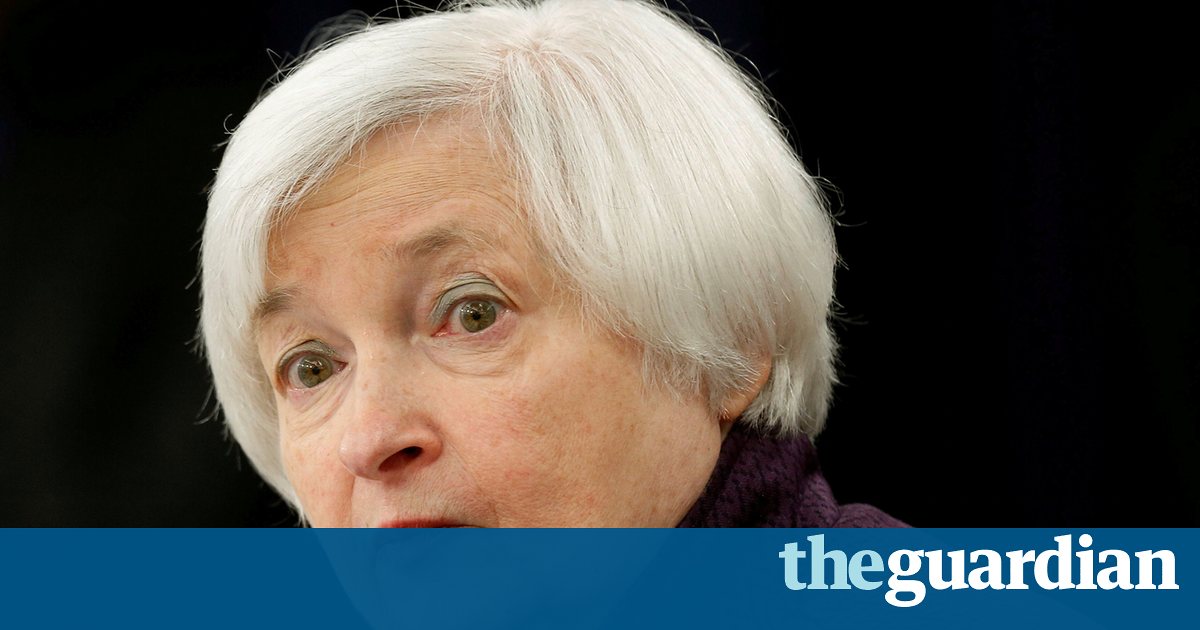Federal Reserve minutes show close call on September interest rate hike

Three central bankers voted in favor of increasing rates amid easing risks of Brexit but experts still expect only one hike this year, after December meeting.

The Federal Reserves decision not to increase rates in September was a close call, the minutes released on Wednesday show. When the Federal Open Markets Committee (FOMC) met in September, three of the twelve members voted in favor of increasing interest rates as the US labor market continued to improve at a slower rate and the risks from Brexit, the UKs vote to leave the European Union, eased. Some members indicated that a rate hike might be appropriate relatively soon.
Up until September, Kansas City Fed president Esther George was the lone voice in favor of raising interest rates. Last month, she was joined by Cleveland Fed president Loretta Mester and Boston Fed president Eric Rosengren in her call to increase the target range to 0.50%-0.75%. The current range is 0.25%-0.50%, after it was increased last December for the first time in nearly a decade.
The FOMC which is the policy setting arm of the US central bank noted that the case for increasing interest rates has strengthened recently. After last years increase, the Fed was initially expected to hike rates four more times in 2016. With six FOMC meetings having come and gone, that forecast has now been revised down to just one rate hike. The Fed next meets in November, days before the presidential election, and once more in December.
Most economists expected the Fed to raise rates again in December, a year since its last hike.
Among the reasons for the delay were the continued slack in the labor market and inflation, which continues to run below the FOMCs 2% objective. According to the FOMC minutes, the majority of its members wanted to wait and see evidence of continued progress before hiking rates.
The majority of the members also agreed that the risks from Brexit had receded.
However, a few still judged that overall risks were weighted to the downside, citing various factors that included the possibility of weaker-than-expected growth in foreign economies, continued uncertainty associated with Brexit, the proximity of policy interest rates to the effective lower bound, or persistent headwinds to economic growth, according to the minutes.
The committee will continue to closely monitor global economic and financial developments.
On Tuesday, almost three weeks since the committees meeting, the pound recorded its worst four-day performance since the Brexit vote.
Those in favor of raising interest rates pointed to continuing job creation. September was the 78th consecutive month of private-sector job growth the longest streak of job creation on record. That month the US economy added 156,000 jobs even as the unemployment rate went up to 5%. The higher unemployment rate, however, was good news as it was a result of more people returning to the US labor market.
As the labor market has improved, people who were discouraged are coming back into the labor force, said William Dudley, president of New York Fed, on Wednesday. Thats allowing us to grow payrolls at a pretty decent clip without pushing down the unemployment rate.
The labor participation rate for September was 62.9%, up from 62.8% a month ago. In September 2008, when Lehman Brothers declared bankruptcy and the US economy shed 159,000 jobs, the labor participation rate was 66%. As the participation rate has remained near historic lows, the US Department of Labor has pointed out that a contributing factor are the many baby boomers who are leaving the labor market and retiring.
The central bankers voting in favor of a rate hike believe that the US labor market is nearing full employment, a condition where those willing and able to work are able to find jobs. According to these bankers, a further delay in raising the target range would unduly increase the risk of the unemployment rate falling markedly below its longer-run normal level.